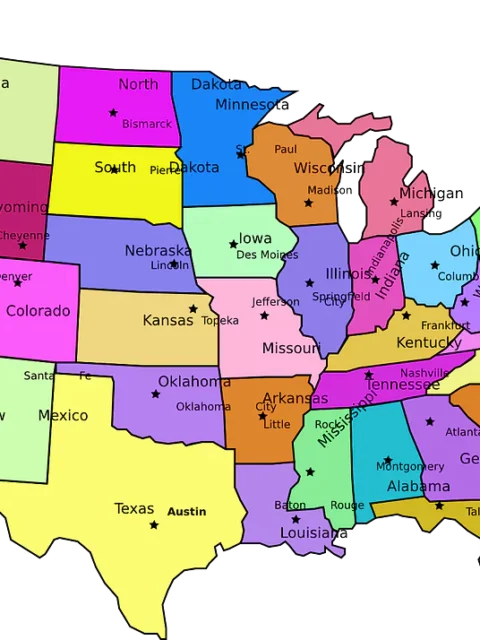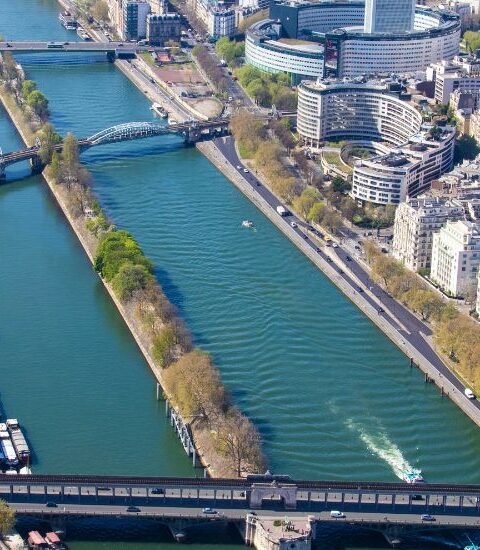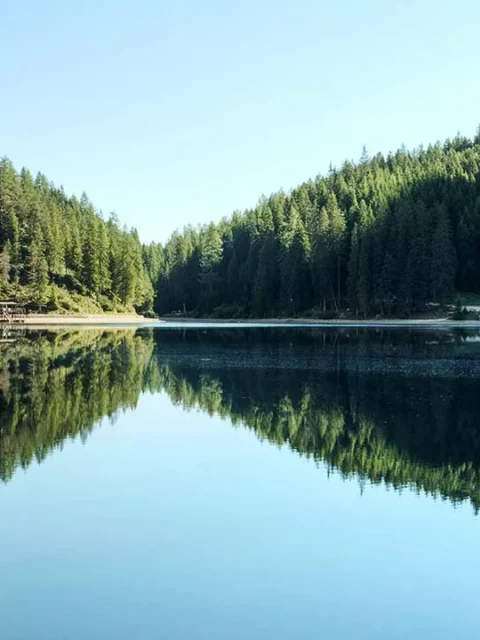Hiking in the Pyrenees: A Dreamy Escape into the Mountains
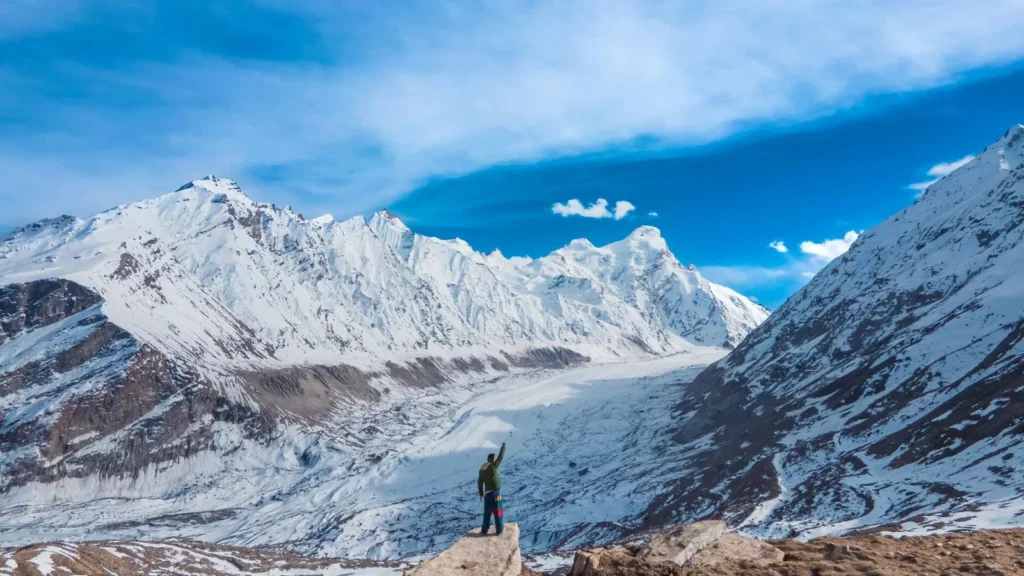
If you’re craving jaw-dropping views, crisp mountain air, and a trail that actually challenges your city legs, hiking in the Pyrenees is calling your name. Nestled between France and Spain, the Pyrenees Mountains are a hiker’s paradise, offering everything from lush green valleys to jagged granite peaks. Whether you’re looking for a chill weekend getaway or full-blown mountaineering in the Pyrenees, this underrated gem in Europe will seriously level up your outdoor game.
First Things First: What Country Are the Pyrenees Mountains In?
The Pyrenees Mountains run through three nations—France, Spain, and Andorra. They serve as a natural divide between France and Spain, providing radically different atmospheres depending on which side you’re adventuring on. From the French quaintness of the Pyrenees mountains in France to the rugged, sunbaked paths of the Spanish Pyrenees, there’s no such thing as wrong when it comes to hiking this range. They have the best hiking trails in the Pyrenees Mountains.
10 Spanish-French Hikes and Treks in Pyrenees
Time to get hiking? Here’s a handpicked selection of the best hikes in the Pyrenees, including some of the most challenging that reach the range’s highest peaks.
1. GR10 (France)
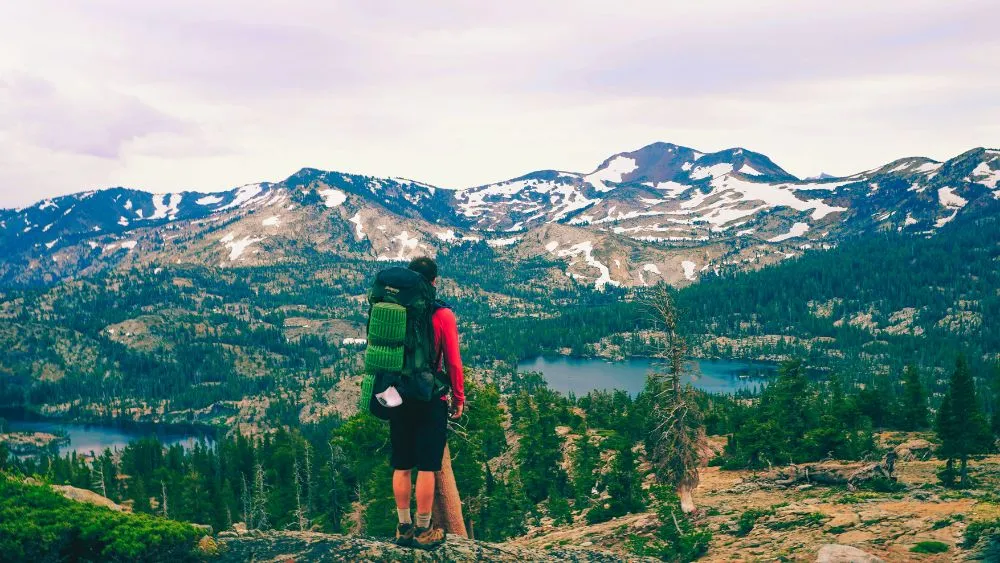
This long-distance trail spans the entire French border of the Pyrenees. From the Atlantic to the Mediterranean, it takes in alpine lakes, wildflower-filled meadows, and everything else in between. Perfect for experienced hikers.
Level: Hard
Time: 45–60 days (or take a section!
2. GR11 (Spain)
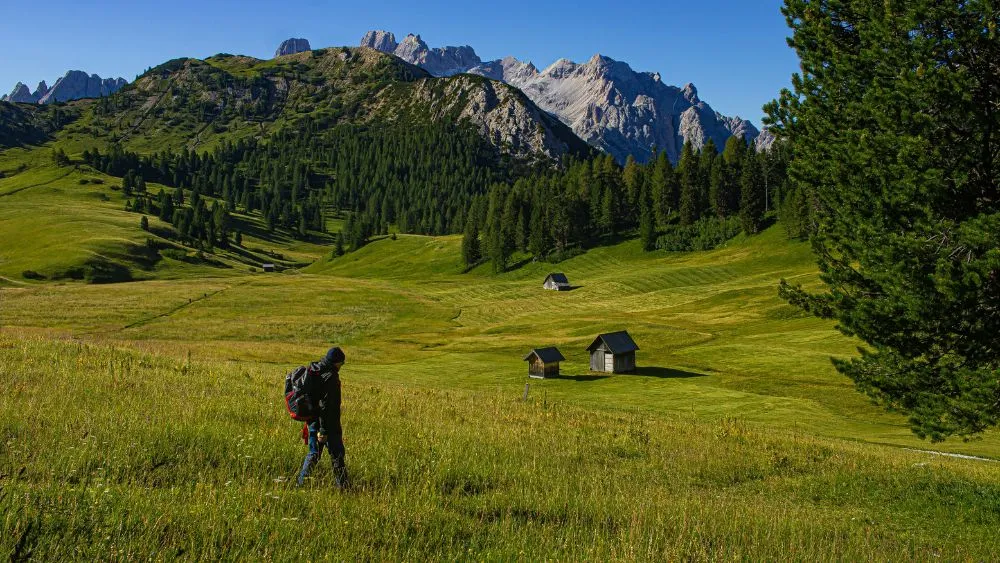
The Spanish twin of the GR10, this or ute provides you with sunbaked valleys and classic hiking through Spanish charm. You’ll traverse picturesque villages and dramatic mountain passes.
Level: Hard
Time: 30–50 days (also section-friendly)
3. Carros de Foc (Spain)
A loop through Aigüestortes i Estany de Sant Maurici National Park, this walk is legendary for its alpine lakes and scenic huts.
Level: Moderate to hard
Time: 5–7 days
Tip: Ideal for Pyrenees Hut-to-Hut Trekking (more on this next!)
4. Cirque de Gavarnie (France)
A UNESCO World Heritage site featuring a natural amphitheater that’ll make you wonder if you’re on Earth anymore. A short, yet humbling, trek.
Level: Easy to moderate
Time: 3–4 hours
Side Quest: Look for the Gavarnie waterfall—the second-highest in all of Europe!
5. Vignemale Ascent (France)
Welcome to the French Pyrenees’ highest mountain. At 3,298 meters tall, Vignemale is a must for anyone wanting to attempt mountaineering in the Pyrenees.
Level: Difficult
Time: 2–3 days
6. Monte Perdido (Spain)
This 3,355-meter giant is the Spanish Pyrenees’ highest mountain. In Ordesa and Monte Perdido National Park, it’s a hike of dreams.
Level: Hard
Time: 2–3 days
Fun Fact: “Monte Perdido” translates as “Lost Mountain”!
7. Ordesa Valley Trail (Spain)
This trail is also referred to as the Spanish Grand Canyon, and it provides you with sheer cliffs, waterfalls, and green forests.
Level: Moderate
Time: 4–6 hours
8. Petit Vignemale (France)
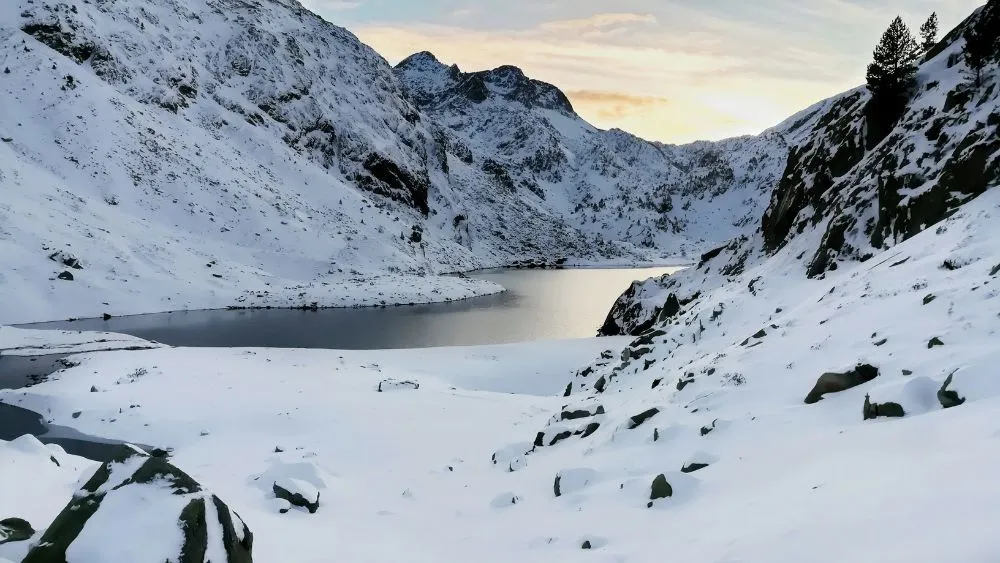
A fine “start hike” for novice mountaineers who desire the experience but none of the intensity of Vignemale.
Level: Moderate
Time: 1–2 days
9. Ruta de las Golondrinas (Spain to France)
This trail allows you to traverse international borders and follow old shepherd trails. It is as scenic as it is historic.
Level: Moderate
Time: 3–5 days
10. Canigou (France)
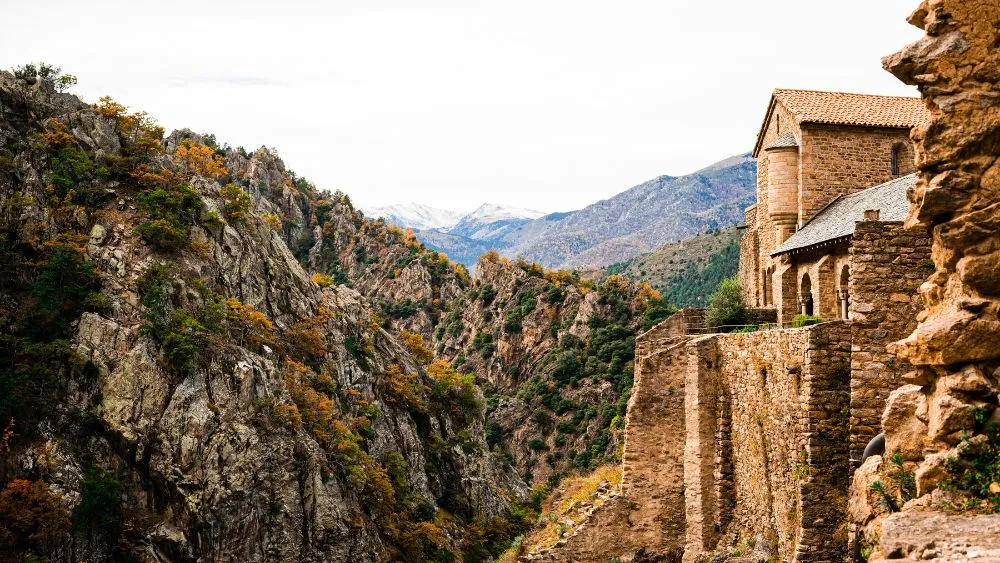
A religious summit for Catalans and a beauty in the Eastern Pyrenees. Fantastic views, rich history, and not too savage.
Level: Moderate
Time: 1 day
Pyrenees Hut-to-Hut Hiking
This one’s for the thrill-seekers who also value a warm bed and a hot dinner after a long trek. Pyrenees Hut-to-Hut Hiking is a network of mountain refuges dispersed along the trails, particularly prevalent on the Carros de Foc, GR10, and GR11 trails.
You don’t have to lug a tent, and you’ll get to mingle with trekkers from all over the globe. Most huts have beds, hearty meals, and an atmosphere you won’t get anywhere else. Pro tip? Reserve ahead of time during peak season (July–September), particularly if you’re attempting a longer trail.
A Little History & Culture with Your Hike?
If you’re one of those people who enjoys a little history with your scenery, you’re in luck. The Pyrenees Mountains have been more than a playground for mountain hikers for centuries. These mountains have witnessed it all—ancient trade routes, warfare, smuggling activity, and even religious pilgrimages. Portions of the GR10 and GR11 coincide with historic routes taken by pilgrims traveling to Santiago de Compostela. So yes, your trail mix is essentially powering a stroll through history.
On the French side, there are villages where locals continue to speak Occitan (a Romance language of medieval origin). In northern Spain, particularly in areas such as Aragon and Catalonia, traditional festivals, shepherding life, and robust mountain food still persist. Pro tip: Don’t depart without a taste of trinxat (mashed potato and cabbage) or canelons (Catalan cannelloni). Both are great energy pick-me-ups after a day’s trekking.
Where to Go in the Pyrenees (And Where to Stay)
So you’ve picked your hike. Now what?
Best Basecamps by Region
1. Spain (Aragon + Catalonia):
- Vielha – Ideal for Aigüestortes hikers
- Torla – Base for Monte Perdido and Ordesa Valley
- Benasque – Perfect for access to Aneto and GR11
2. France (Occitanie):
- Luz-Saint-Sauveur – Close to Gavarnie and Vignemale
- Cauterets – Great for spa + hiking combo
- Font-Romeu – Chill town with solid trail access
Where to Stay in the Spanish Pyrenees for Hiking
Hotels, warm mountain inns (“casas rurales”), and refuges abound. Some of the best places:
- Parador de Bielsa – Views + comfort.
- Refugi Ventosa i Calvell – Exactly on the Carros de Foc trail.
- Casa Irene in Arties – Luxe atmosphere after a grueling trek.
Essential Packing List for Hiking in the Pyrenees
Don’t get caught unprepared at 2,000 meters! Here’s a quick rundown of what you’ll need:
- Layered clothing – Weather changes FAST
- Hiking boots – Waterproof, always
- Map/GPS – Many areas have no signal
- Sunscreen & sunglasses – That mountain sun is no joke
- Snacks + water bladder – Stay fueled and hydrated
- Rain jacket – Always expect a surprise shower
- Trekking poles – Especially helpful for rocky trails
- First-aid kit – For blisters and bumps
- Insect protection – Ticks can be an issue in grassy or wooded areas.
- Refuge reservations – If you’re doing hut-to-hut
Planning Your Vacation in the Pyrenees
The best time to go? Late June through mid-September, when trails are snow-free and huts are open. Spring and autumn are quieter but can bring unpredictable weather.
You can fly into:
- Barcelona or Girona (Spain side)
- Toulouse or Pau (France side)
From there, rent a car or hop on a regional train/bus to your chosen mountain town.
Pro Tip: If you don’t have time or inclination for DIY planning, many tour operators provide guided hiking trips or self-guided packages—some with luggage transfers so you can hike light.
Why Vacation in the Pyrenees Is a Whole Vibe
Let’s face it—everyone goes to the Alps or the Dolomites. But a Pyrenees vacation is like discovering an underground indie band before they become mainstream. It’s relaxed, fewer tourists, cheaper, and just as beautiful.
You get:
- Terribly picturesque towns like Saint-Lary-Soulan, Ainsa, and Camprodon.
- Hot thermal springs to ease those hiking muscles.
- Fewer tourists (even during the peak season, it’s not a crowd).
- Rich immersion in local culture and cuisine.
Whether solo-tripping, couple-mode, or friend-group-cation, the Pyrenees have got you covered. Need a spa day after a hut-to-hut trek? Consider it done. Need a combination of lakes, mountains, and medieval towns in one swoop? Less talking.
When to Go & What to Expect Seasonally
Let’s talk about timing. The ultimate time to hike the Pyrenees is from late June to early October. Here’s a seasonal breakdown:
- June – The snow melts, and the alpine flowers burst out.
- July and August – Summer season, sunny; all the huts are open.
- September – Cool, colorful, fewer people.
- October–May – Most trails and huts are closed because of the snow. Suitable for skiing, not walking.
Also, the weather changes QUICKLY. You might be walking in a sunny meadow at 10 am and trapped in a foggy pass at noon. Always look at local forecasts and trail conditions before you go out.
Final Thoughts
Whether crossing borders on a long-distance route, climbing the highest peak of the Pyrenees, or immersing in alpine ambience on a weekend camping trip, hiking the Pyrenees will positively live rent-free in your mind for years. It’s that good.
The Pyrenees might be underrated, but they easily rival some of the best hikes in Europe when it comes to scenery, challenge, and cultural depth.
So slip on your boots, reserve that refuge, and go experience for yourself why this mountain range is one of Europe’s best-kept hiking secrets.





